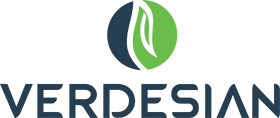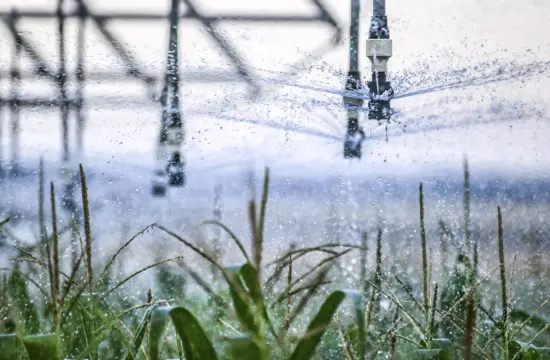Each of us understands the vital importance of water. It’s essential to life on Earth. It’s essential to GROWING life on Earth. We even use waterways and oceans to ship and trade those things we produce all over the world. We can’t live without it.
It is doubtful that few segments of the population understand the value of water quite like those of us who work in agriculture. You also understand the ebbs and flow of it; too much water is a bad thing, as is too little.
But you also realize that it’s not just about quantity.
The world continues to be more circumspect when it comes to its thoughts on water quality. News reports about algal blooms in the Gulf of Mexico or nutrient runoff in the Great Lakes tend to put the onus squarely on agriculture.
“If we say this is just agriculture’s problem, we’re wrong,” says Mike Zwingman, Verdesian’s Director of Agronomy, Row Crops.
But even if the responsibility of water is everybody’s, that doesn’t mean we in the ag industry can sit back and shirk our level of responsibility and rely on others to carry the load.
Says Zwingman: “Anything we can do positively impact water quality is good for everybody.”
It’s not just a (P)roblem
If you pay attention to water quality issues in the news, you may think it’s all about Phosphorus (P) and its impact on the lakes and oceans.
“Despite what the news may show, it’s not really about Phosphorus.”
While P runoff is a legitimate concern, the discussion should really be about Nitrogen (N), according to Zwingman. (In fact, the largest irrigated crop in the United States is turf grass, which leads to arguably more N pollution than any other crop or industry.)
According to the EPA, there are more than 100,000 miles of rivers and streams in the United States that are impaired by nutrients, as well as 3.5 million acres of lakes and reservoirs.
Farmers are among the most sustainability-minded people in the country. They realize that they have to be sustainable to sustain their operations – and that includes being financially sustainable. But there is a synergy there when it comes to nutrients, says Zwingman.
“If you’re a farmer and you’re losing Nitrogen to the groundwater or surface water, that’s money you’ve invested in a crop that you’re not recouping.”
In other words: farmers care about nutrient runoff and its impact on water quality. They have to.
“If we’re removing more N than we’re applying, then the net impact of us on the groundwater should be lessened all the time.”
And that is good for the environment and the bottom line.
There is good news
Another good investment is making sure you’re making use of smart farming practices.
“The best thing for environmental health is raising the optimum number of bushels on the optimum amount of Nitrogen. Getting as close as you can on the curve is the key,” said Zwingman. “We can do that with a really good N recommendation based in soil samples, based on knowing the response of N on your hybrids, and based on understanding planting dates and planting populations. This all has to do with how N is moved and cycled through the soil. It all starts with having that part down and then using variable rate technology.”
But to grow the amount of food that is necessary, it will take more than that. Nutrient efficiency technologies must be considered. These products and technologies can increase not only the amount of nutrients that are retained and actually used by the crop, as well as the bushels and crop quality, but they also reduce the amount of nutrients that may wind up in the waterways – and on the news.
“If you’re doing those things and running that optimum rate, then protecting Nitrogen is what enables that recommendation to come to fruition,” said Zwingman.
Verdesian’s Nitrogen Efficiency Technologies, such as Trident or NutriSphere-N are best-in-class options. The efficiency really sparks with the addition of Take Off LS biostimulant.
“When we put those tools together, we have built a system that’s more resilient, more efficient, and able to take changes year to year better. If we do that, things get a lot better.”
Take Off LS is also a nice addition for Phosphorus; however, Verdesian products like AVAIL T5 and Phree-uP (coming Fall 2023) can not only result in better P uptake (up to 45 percent more P available) but also better early growth, improved crop health and yield potential.
“We only have control of the system we work in. We have to work really hard to continue to improve,” said Zwingman.
And as an industry, we are continuing to improve.
“Growers are doing better than ever before in history.”


